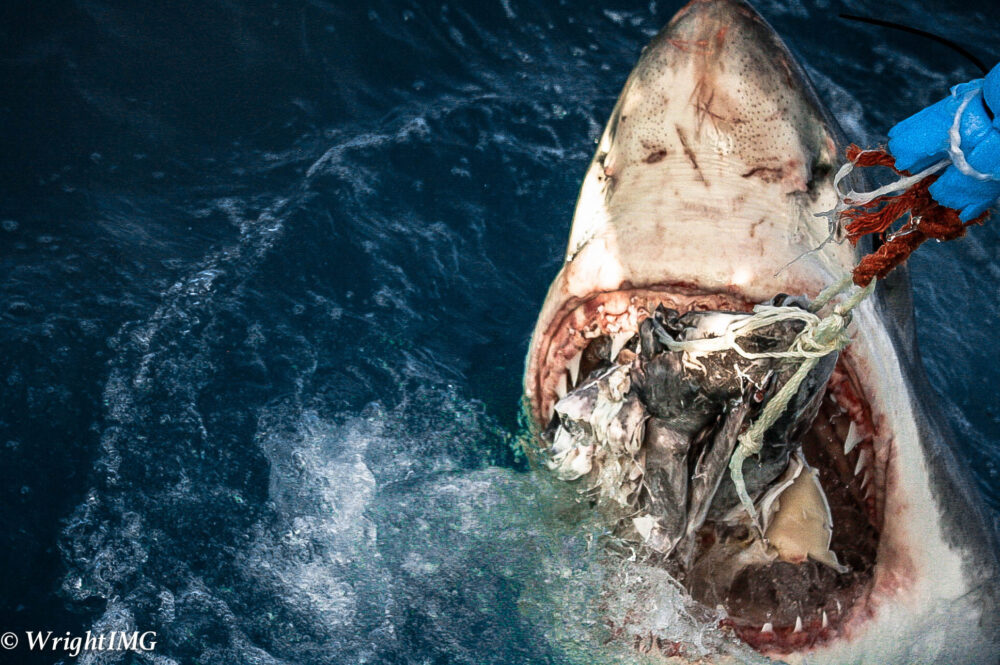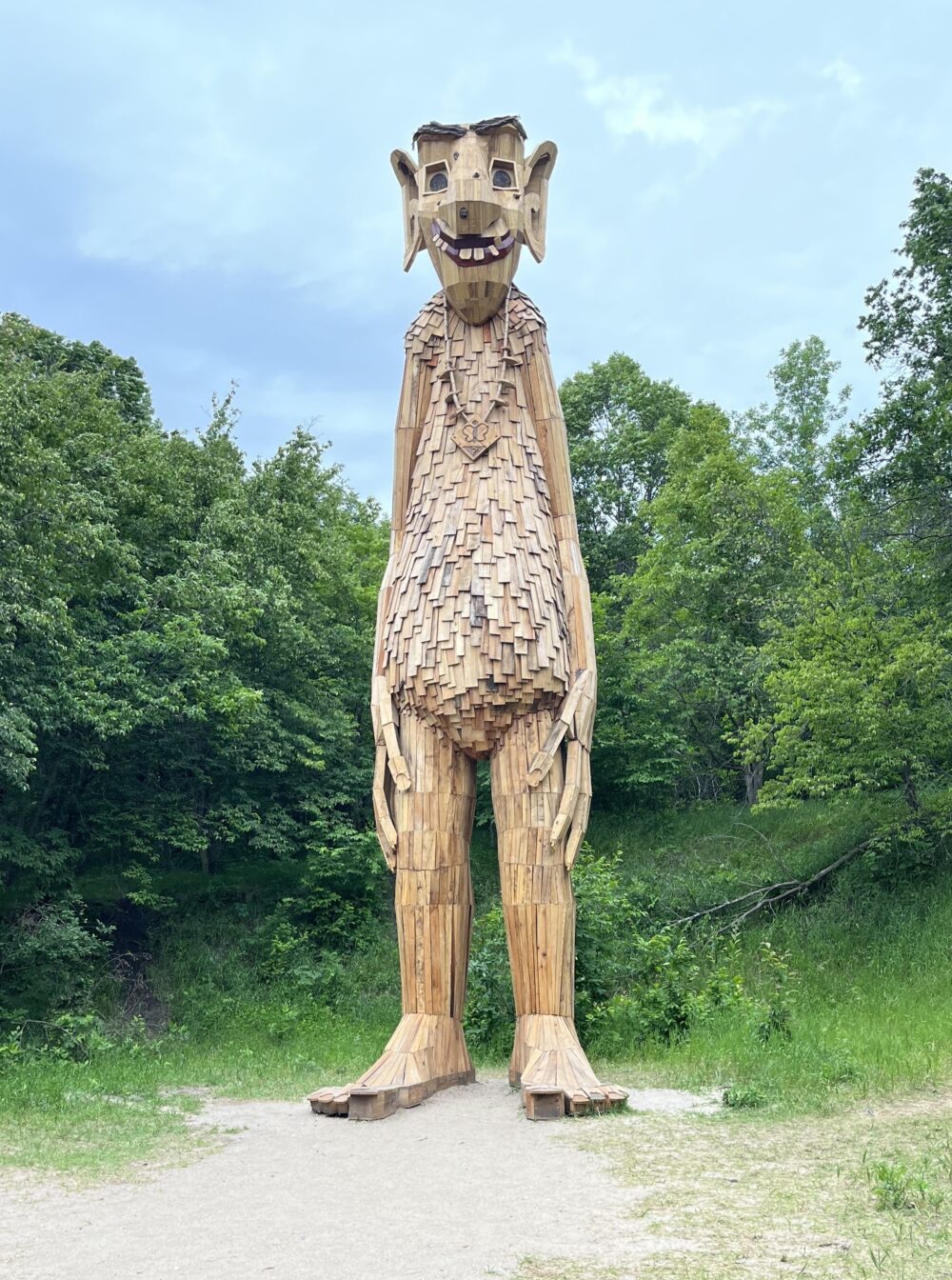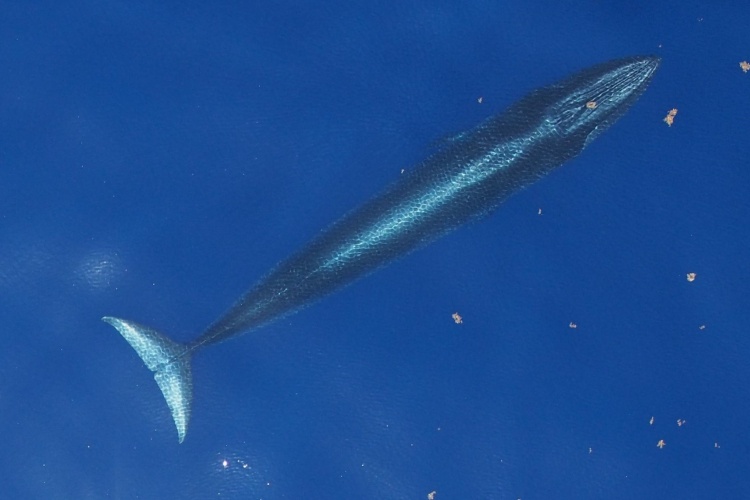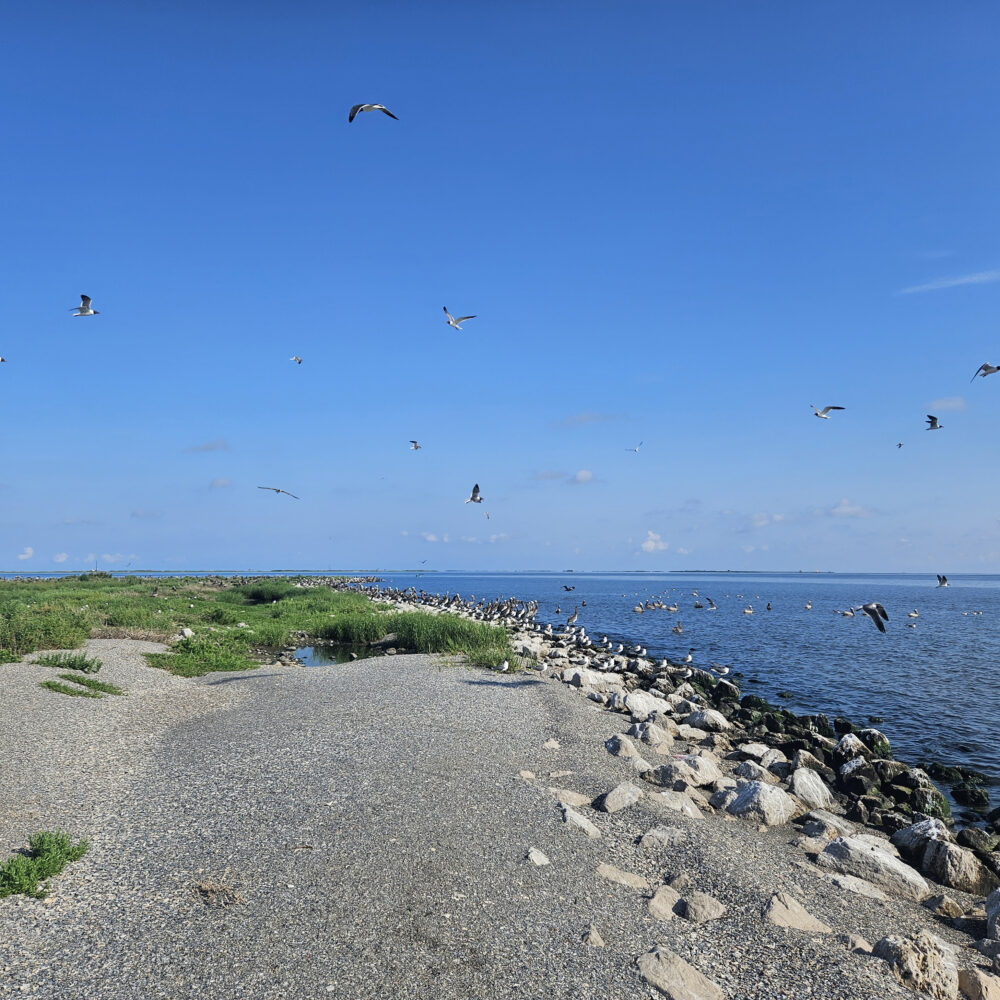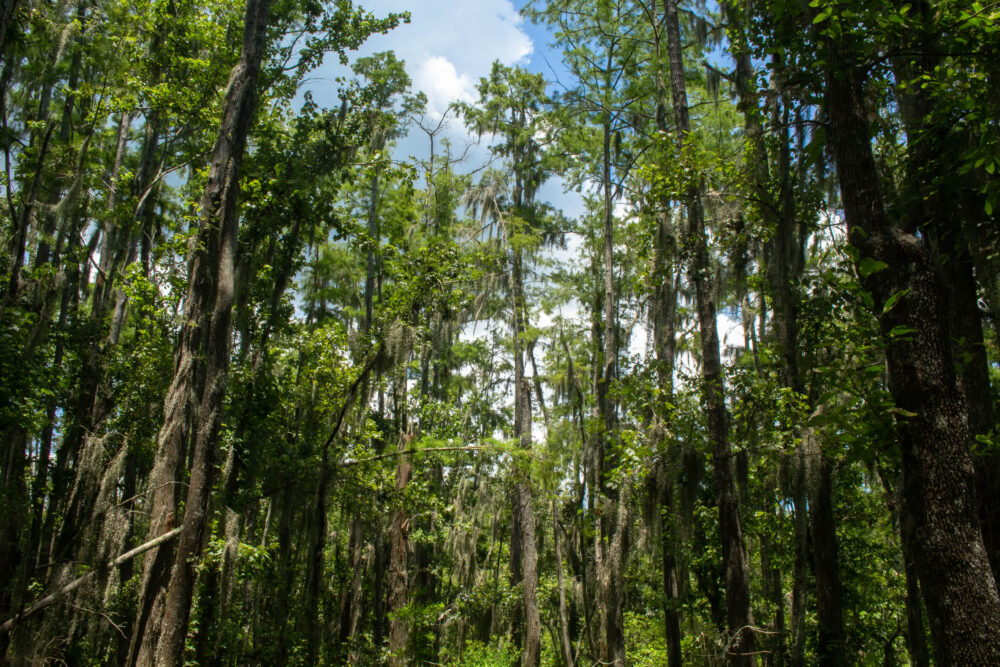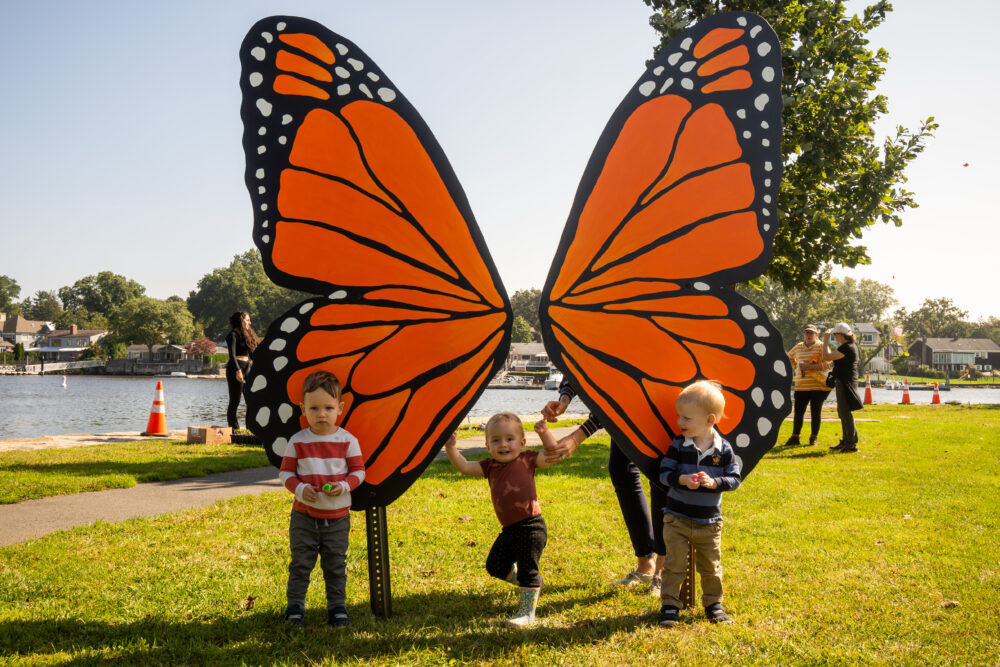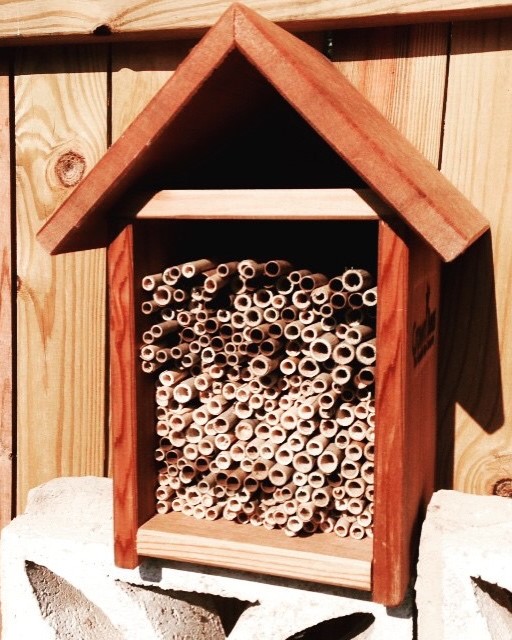We have much more to do and your continued support is needed now more than ever.
Hardiness Zones and Ecoregions for Climate-Smart Gardening

Gardeners, check your zones!
The USDA Plant Hardiness Zone Map received its first update in over ten years, moving many gardeners up a half-zone. Those previously on the upper edge of their half-zone may have shifted, whereas lower-edge gardeners have likely remained the same.
The 2023 Plant Hardiness Zone Map averages 30 years’ worth of extreme annual winter temperatures to predict perennial plant survival. Many gardeners are not surprised by the update, which they say confirms personal observations of rising temperatures and changes to what can grow, survive, and thrive across zones. The 2023 map demonstrates a slight increase in coldest-day temperatures across the country—adding to the mounting evidence of climate change-induced global temperature rise.
Other data, like early or late frost, are not taken into consideration, so while hardiness zones have shifted by a small margin, the new map is not predictive of climate patterns or plant longevity. For that, it’s important to understand ecoregions, native plants, and how they’re connected.
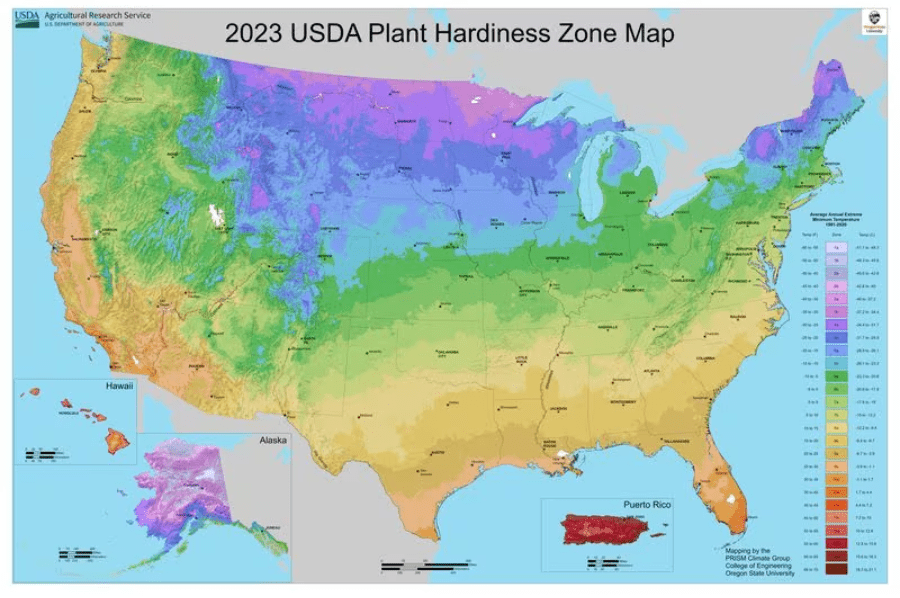
Hardiness Zones Vs. Ecoregions – What’s the Difference?
The hardiness zone map is a great tool for choosing plants that will thrive in your garden, but it is not the only resource you can use when planning your backyard habitat. Ecoregions are also an important tool to help you analyze and understand your local environment. The major difference between hardiness zones and ecoregions is their degree of detail.
Hardiness zones examine a single variable to guide gardeners and agriculturalists toward plants that thrive in their region based exclusively on extreme cold temperatures. This limited dataset leaves individuals to assess and compensate for other factors—such as water availability and soil type—and excludes the larger picture of ecosystem interconnection.
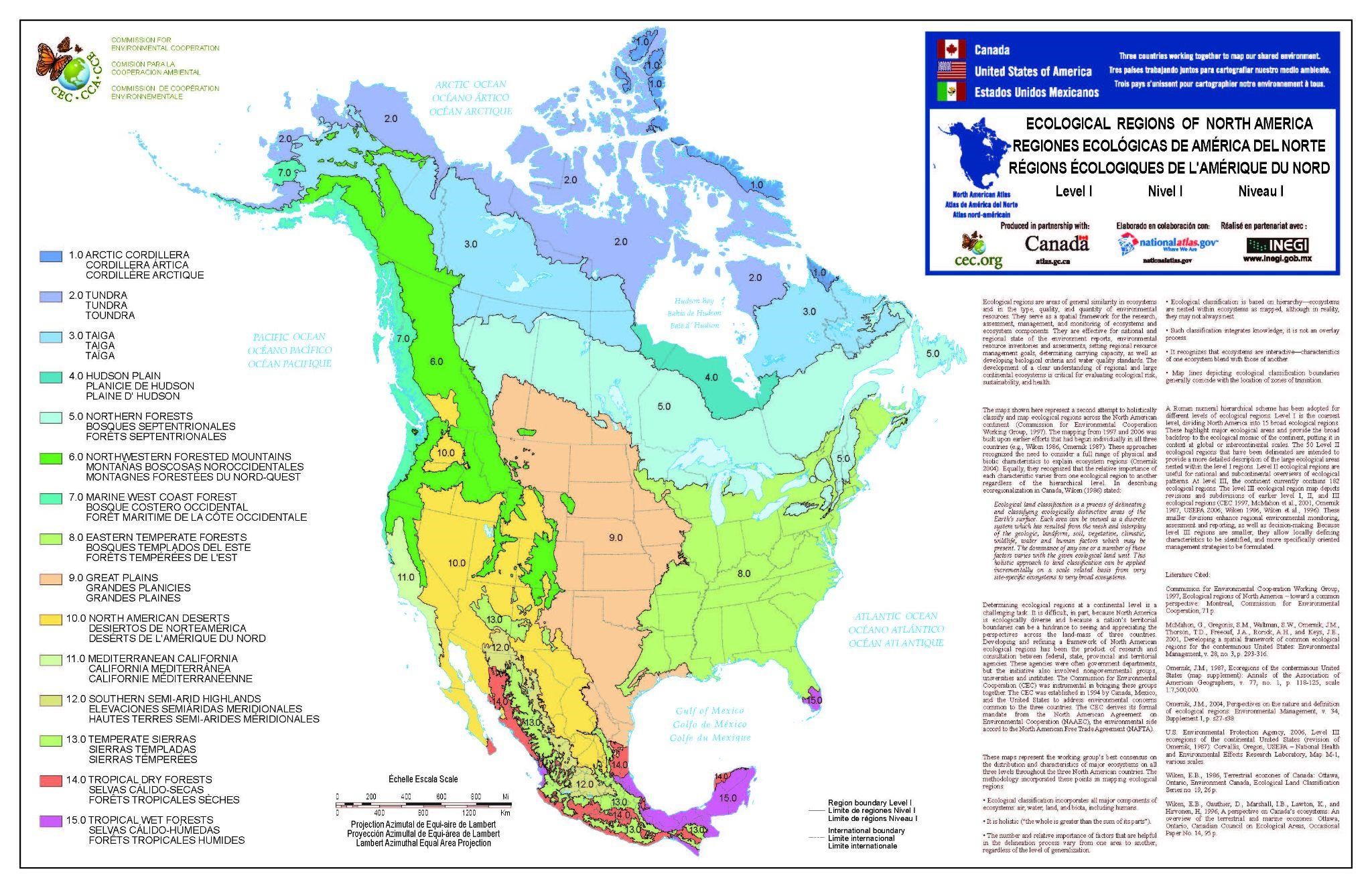
Ecoregions tell a more comprehensive story. Developed on four different levels to provide big-picture overviews and finely detailed insights, ecoregion maps categorize North America into areas that have similarities across temperature, climate, precipitation, wildlife, plant life, geology, soils, aquatics, and other biotic and abiotic factors. Humans are even considered “part of the biota” within the ecoregion (EPA).
There have been two iterations of the ecoregion maps, the first in 2001 with an update in 2017. While ecoregion distinction is certainly influenced by climate, the maps also incorporate more stable data like geography and soil type. Plant hardiness may respond quickly to climate change, but other factors in the calculation will either not be affected by climate (geology) or will take much longer to change (soil types). For that reason, ecoregions are more stable than hardiness zones and we’re less likely to see a climate-related update to the maps anytime soon.
Native Plants by Ecoregion
Thanks to millions of years of co-evolution, native plants are inherently well-adapted to not only temperature extremes but also the entire network of life within their ecoregions. Nonnative plants and their cultivars are simply not equipped with the same ecological bonds. Some native plants, called “keystone” species, are especially important within the ecosystem by supporting a significantly higher percentage of biodiversity. For example, entomologist Dr. Doug Tallamy determined that “14% of native plants (the keystones) support 90% of butterfly and moth species,” which are essential sources of food for other wildlife (NWF).
Familiarizing yourself with ecoregions can help you identify the most beneficial plants for wildlife in your backyard, beyond the basic hardiness zone. Check out NWF’s Keystone Plants by Ecoregion and Native Plant Finder to learn more about which species are perfect for your garden habitat!
Gardening with Climate Projections In Mind
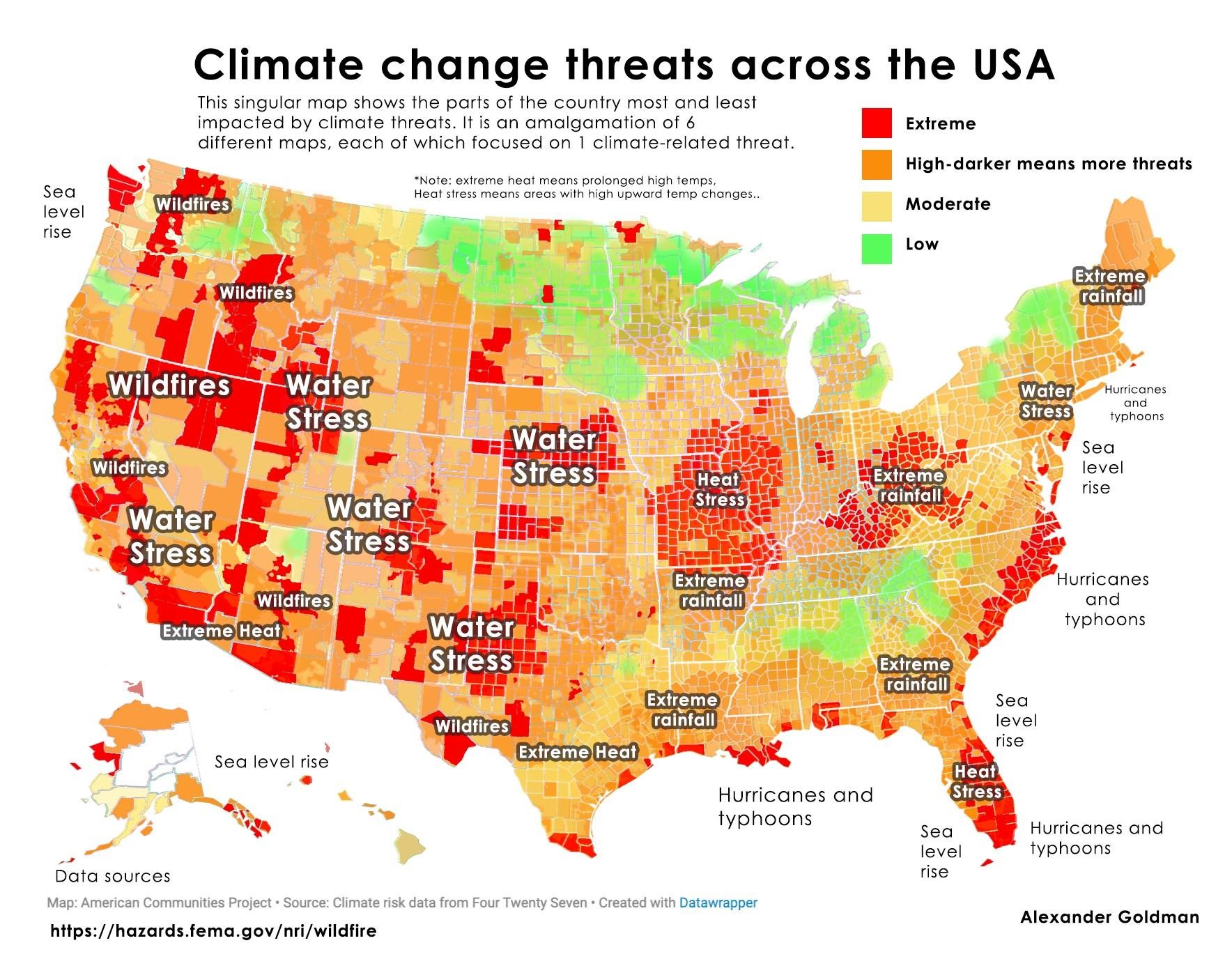
Many gardeners are concerned about climate change and its impacts on their gardens, zones, and ecoregions—and rightfully so.
“Climate change is impacting how we garden. In addition to factors such as sun exposure, shade, soil types, and other garden conditions, we must now consider the impacts of climate change–wildfires, drought, extreme rainfall, and other factors–when we choose plants and in designing our gardens.” – David Mizejewski, Naturalist, National Wildlife Federation
When planning for the future and developing your next garden checklist, begin by identifying climate projections for your area. Consider how your environment is predicted to change over the next 50 years. Are you expecting drought? If so, look for native, drought-tolerant plants to incorporate into your backyard habitat.
Climate-Smart Gardening is Sustainable Gardening
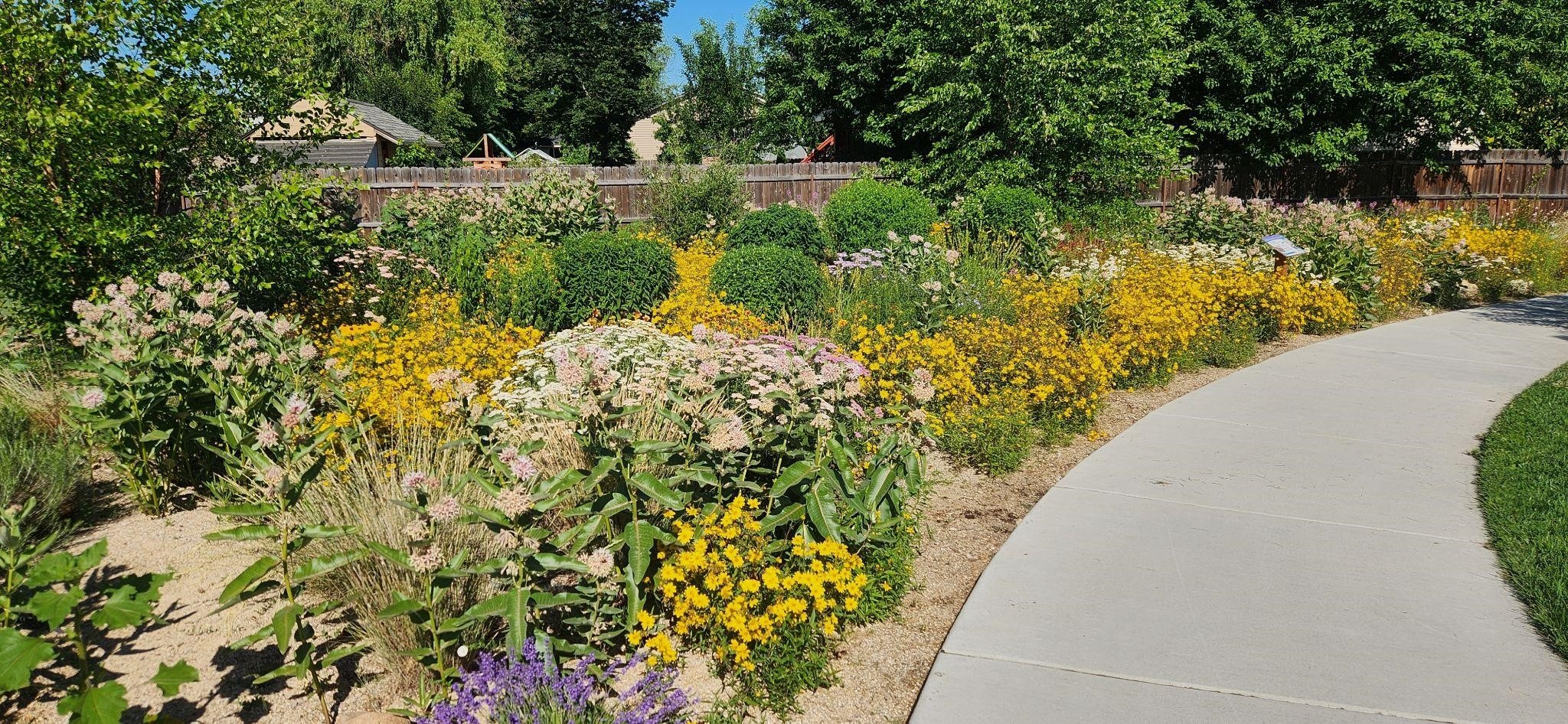
Climate predictions equip us with the knowledge to prepare for the worst, but we’re far from helpless in the effort to prevent the worst from happening.
“The good news is, NWF’s network of wildlife gardeners has been supporting climate-smart gardening approach for over fifty years by utilizing sustainable practices and planting native to restore habitat, improve soil conditions, conserve water, and mitigate the impacts of climate change.” – Mary Phillips, Head of Native Plant Habitat Strategy & Certifications
Nature-based climate solutions have a significant role to play in carbon storage, greenhouse gas reduction, and climate stabilization. Planting native trees or prairie plants, for example, helps to absorb planet-warming Carbon dioxide and reduce the ecological footprints of the places where we live, work, and play. Gardens cultivated sustainably—that incorporate an abundance of native plants and utilize chemical-free practices—are shown to significantly increase the presence of essential pollinators and other wildlife, build healthy topsoil, and conserve water. When we garden sustainably, we build ecological resilience into the local landscape.
Follow these helpful tips for climate-smart gardening:
- Plant keystone species for native wildlife
- Minimize or eliminate lawn and upgrade your mowing practices
- Create rain gardens and consider replacing asphalt with permeable walkways
- Eliminate the use of harmful chemical herbicides, pesticides, and fertilizers
Climate-smart gardening is one of the best tools at our disposal for preventing the worst effects of climate change and halting biodiversity loss. Join the movement of climate-smart gardeners by certifying your wildlife garden with the National Wildlife Federation today!
Garden For Wildlife – NWF’s Keystone Plants by Ecoregion – NWF’s Native Plant Finder – Certified Wildlife Habitats

